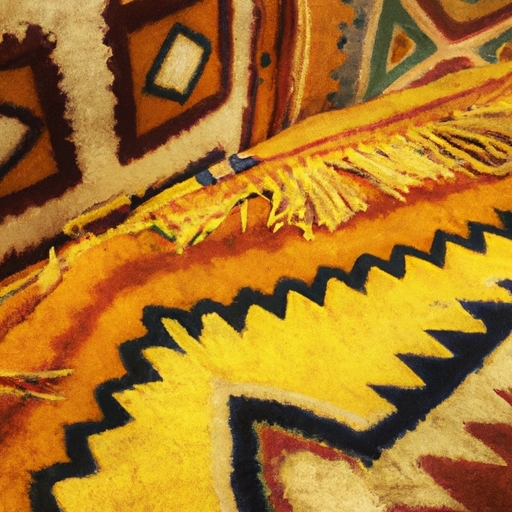how to make southwestern rugs
History and Cultural Significance of Southwestern Rugs
Choosing the perfect materials for your southwestern rug project is essential in order to achieve the desired outcome. When it comes to yarns, fabrics, and dyes, each decision plays a significant role in creating an authentic and visually appealing rug.
Starting with yarns, there are various options available that can add depth and texture to your rug. Wool is a popular choice due to its durability and natural insulation properties. Its ability to retain vibrant colors over time makes it ideal for showcasing the rich hues typically associated with southwestern designs. However, cotton could also be considered as a viable alternative due to its softness and breathability.
Moving on to fabrics, carefully selecting the right material will greatly impact the overall look of your southwestern rug. Traditionally, handwoven rugs were made using techniques such as flatweave or tapestry weave. These methods allowed artisans to create intricate patterns and motifs using materials like wool or cotton. Nowadays, synthetic fibers like nylon or polyester might offer more affordability while still providing durability.
When it comes to dyes, achieving those bold and warm tones commonly found in southwestern rugs requires careful consideration. Natural dyes extracted from plants such as cochineal insects or indigo leaves can provide an authentic touch but may be less readily available. Alternatively, synthetic dyes offer a wider range of color options without compromising quality.
In conclusion, making informed choices about the materials you use when creating your southwestern rug is key to ensuring its authenticity and visual appeal. Whether it's selecting between wool or cotton yarns, opting for traditional handwoven techniques or modern synthetic fibers for fabrics, or deciding between natural or synthetic dyes; each decision contributes towards bringing your unique vision to life.
why get southwestern rugs for your home
